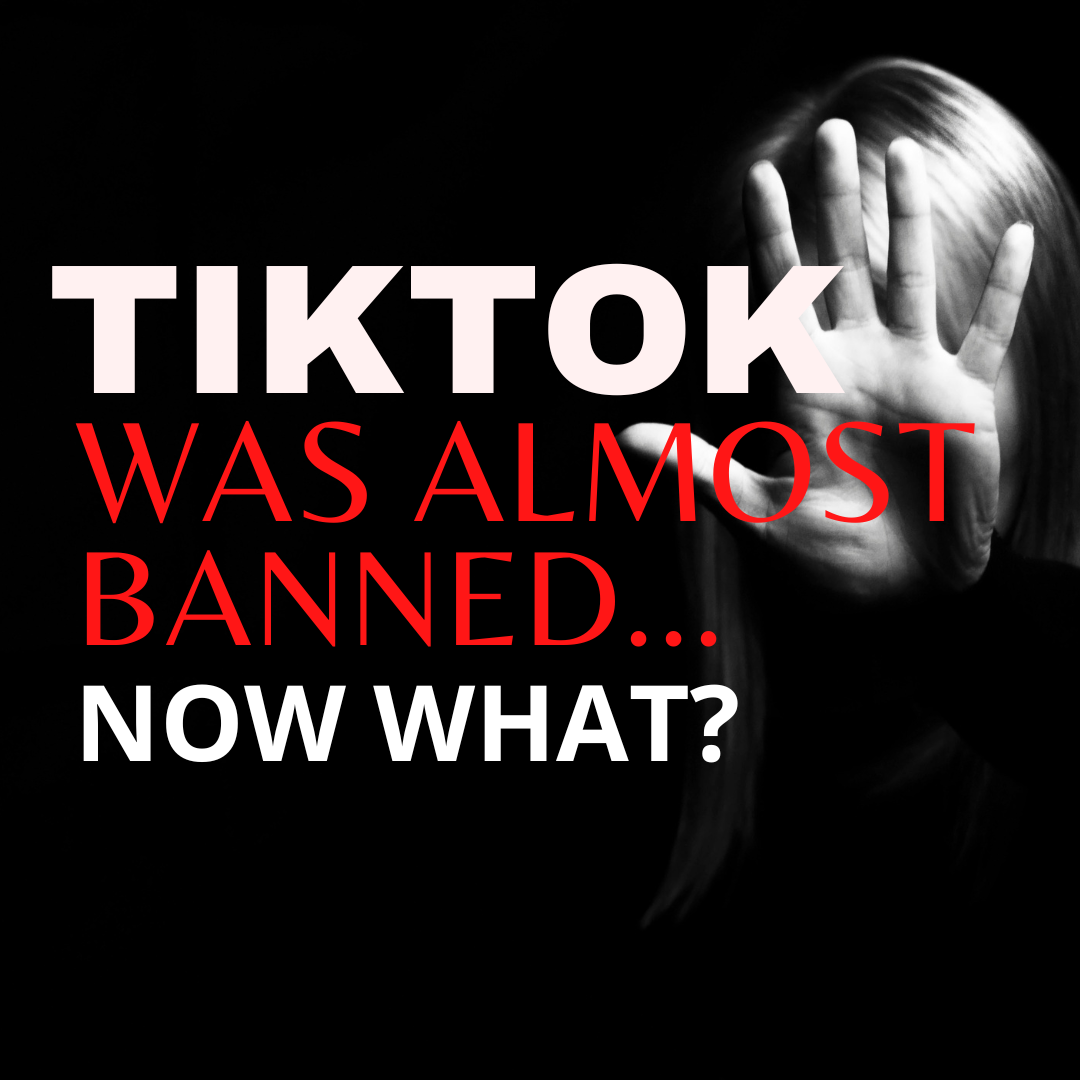A day after TikTok’s congressional ban, President Donald J. Trump signed an executive order preventing it from being enforced for an additional 75 days. Once the 75 days are over, Trump can still advise the Department of Justice not to enforce the law, even if it stands.
Currently, the executive order ensures that TikTok will have until April 5 to comply with the law, which stated that TikTok’s parent company, ByteDance, must be “severed” from Chinese ownership by being sold to another business. Otherwise, the platform can not be legally distributed or updated by American companies.
This extension also allows Trump and his administration to determine a more detailed plan for handling the controversy surrounding the app. According to the BBC, Trump claims he hopes to obtain a split partnership between the United States and ByteDance.
Why did TikTok get banned in the first place?
ByteDance is a Chinese company that manages multiple social media apps. In August of 2018, TikTok merged with Musical.ly after ByteDance bought the company in 2017.
While Musical.ly was widely popular among millions of American teenagers, TikTok grew to have over 170 million monthly users in the United States.
As the app burst in popularity in recent years, the government began to have rising concerns about ByteDance using TikTok users’ information for political or invasive reasons.
Historically, China and the United States have had a rocky relationship, especially when it comes to personal security. The Federal Bureau of Investigation (FBI) even has their own page dedicated to the “threat” of China’s technology against American businesses, policies, institutions and citizens.
In fact, this is not the first time that the government has stepped in to potentially ban TikTok. In Aug. 2020, Trump signed an order demanding that TikTok be sold. After an extension and talks of sale, Trump’s attempt at enforcing the order ultimately fell through.
Fast forward to April of 2024, Joe Biden signed the bipartisan bill that eventually kicked off TikTok’s subsequent ban on Jan. 19. This prompted ByteDance to sue the U.S. government, claiming that the law was unconstitutional.
On Jan.17, the US Supreme Court ultimately ruled that Congresses’ ban should still be upheld.
Despite this, ByteDance refused to sell their app to a U.S. company by the initial date of Jan. 19. On the evening of January 18, TikTok disabled access to all of its U.S. users, in anticipation of the official ban the following day.
What might be the next alternative/outcome if TikTok IS banned?
Congress’s Tiktok ban does not forbid users from accessing or posting on the app. However, it will eventually prevent app stores from allowing individuals to download the app or continue updating it.
While this doesn’t seem as threatening, the app’s inability to update will eventually render itself unusable to the Americans who have it downloaded.
Additionally, If the ban is eventually upheld, TikTok will not be the only app affected. According to Apple, any app that is owned under ByteDance Ltd., including Lemon8 and Capcut, will be unable to download as well.
Considering ByteDance’s initial stubbornness to comply with the law, it’s still unclear what may happen to TikTok when the 75-day extension is up. Even if TikTok is banned and the app breaks down over time, short form video content is already well established.
Since TikTok’s explosion in popularity, other social media, such as YouTube and Instagram have adopted short-form video content into their formats with immense success.
One alternative app that may serve as TikTok’s potential “replacement” is RedNote, or “Xiaohongshu”, a Chinese social media app that shares a similar format to TikTok. According to Reuters, there were over 700,000 U.S. downloads within a few days before the TikTok Ban.


